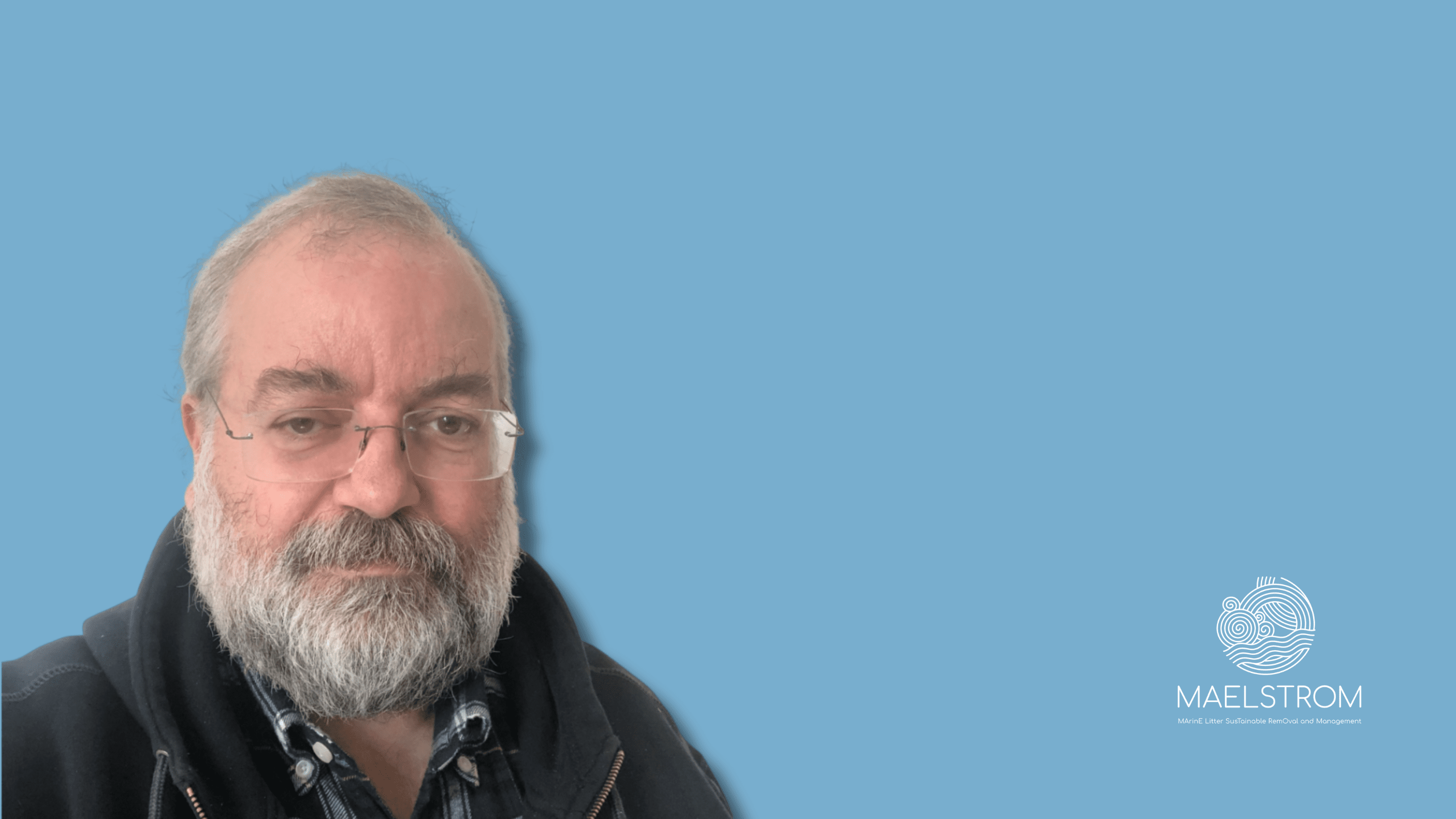MAELSTROM Flash Interview #9 | Revitalizing marine litter: GEES’ innovative recycling journey

We’re excited to bring you a new addition to MAELSTROM’s Flash Interviews series, diving deeper into the groundbreaking work of our partners. Today, we talk with Giorgio Betteto from our partner GEES which, within MAELSTROM, has the role of transforming recovered marine litter into new, valuable resources. Through innovative mechanical recycling and agglomeration, GEES is addressing a crucial environmental challenge by giving a second life to marine litter and abandoned boats, waste that typically cannot be recycled with conventional technologies.
In this interview, we delve into how GEES leverages its specialized processes to recycle materials that are notoriously hard to repurpose, such as multi-polymer fishing nets, floats, and aquaculture equipment. With their expertise, GEES also drives MAELSTROM efforts to enhance transparency and traceability in recycling through the MAELSTROM App and Portal, tools designed to accurately identify and record waste components, supporting both operational insights and resource optimization. Join us as we explore the motivations, challenges, and successes of this innovative project with our Venice-based partner, GEES, whose work is reshaping our approach to marine waste and sustainable recycling.
What is GEES’ role in the project, and how did the idea for the App come about?
Gees is responsible for transforming marine litter and abandoned boats—waste materials that cannot be recycled through traditional technologies—into new materials using our mechanical recycling/agglomeration process. The App and Portal were born from our experience in waste recycling operations, where identifying and documenting waste components is essential, even if only to understand what materials are being processed and what can be produced.
Gees also plays an important role in recycling. How does your process work? which materials are you able to recycle, and in what quantities?
We have processed several thousand kilograms of materials such as multi-polymer fishing nets, floats, aquaculture equipment, and abandoned boats. After separating out wood and metals (which are outside of our recycling authorization), the remaining materials are fully utilized in the production of panels. These panels come in two versions: “Magnum XL,” where the original components remain visible and identifiable due to the large particles, and “Maelstrom D’eco,” where further particle reduction allows for custom coloring and a refined appearance according to our standards.
What will your activities focus on during these final weeks of the project?
We aim to focus on promoting and commercially disseminating the products we’ve created, as they are extremely interesting, high-quality, and competitive.